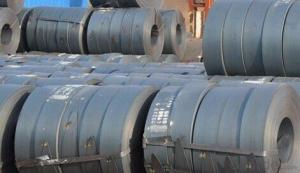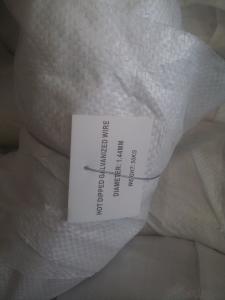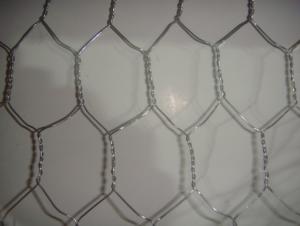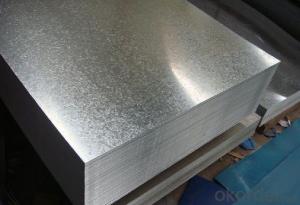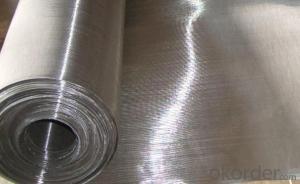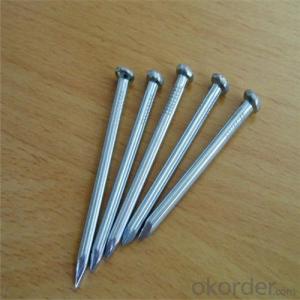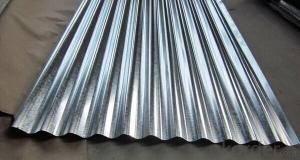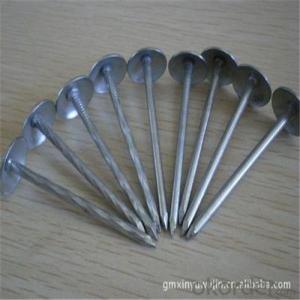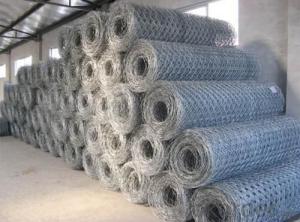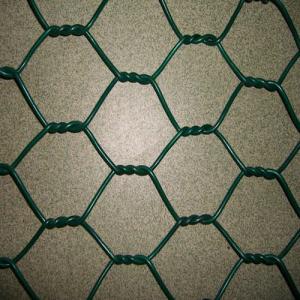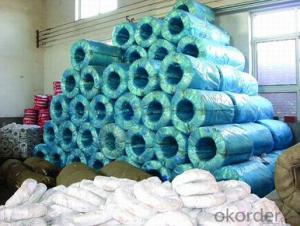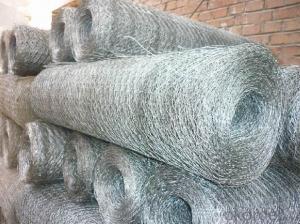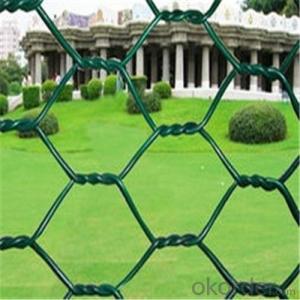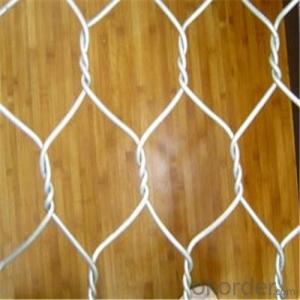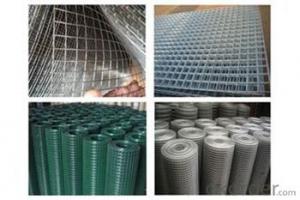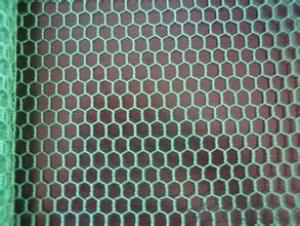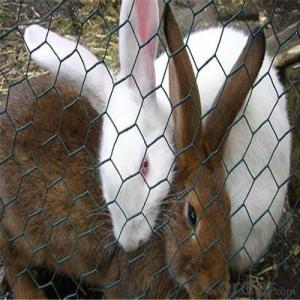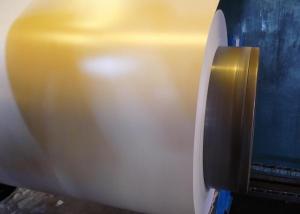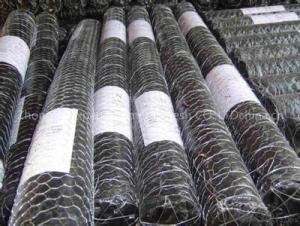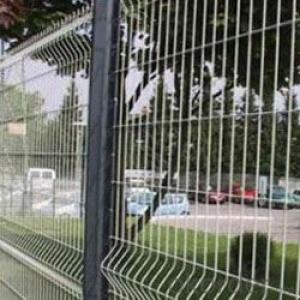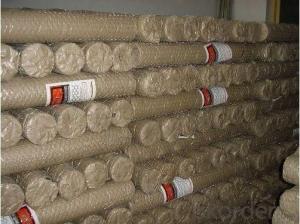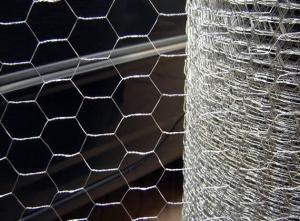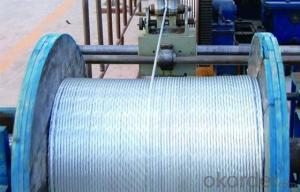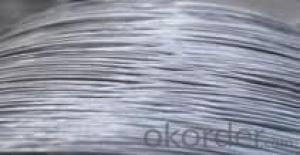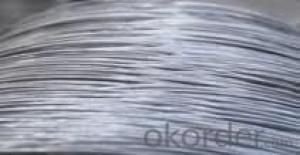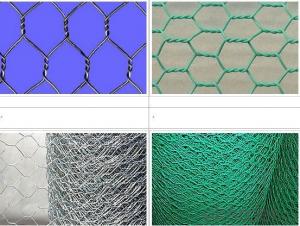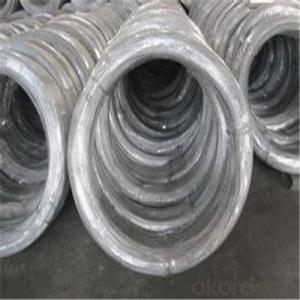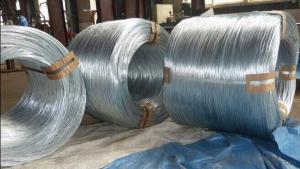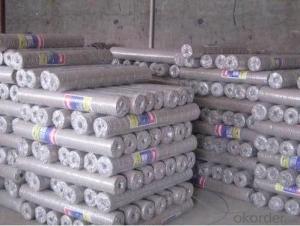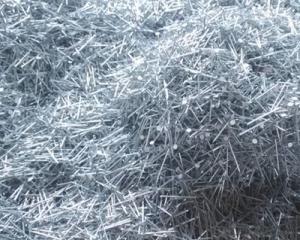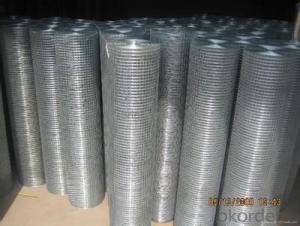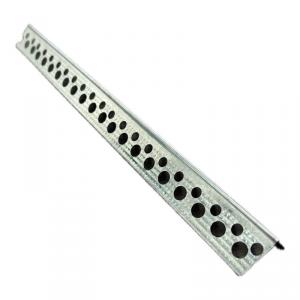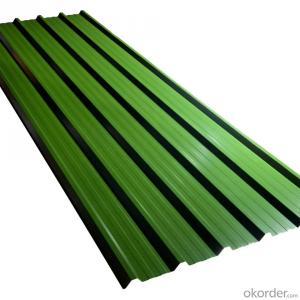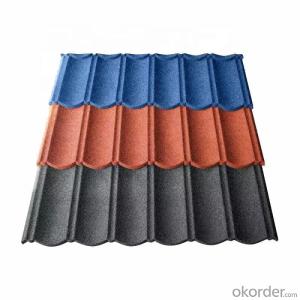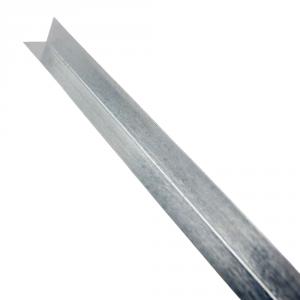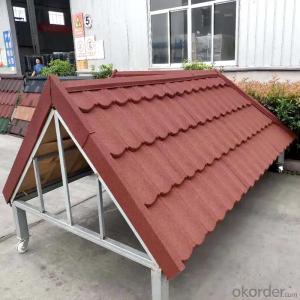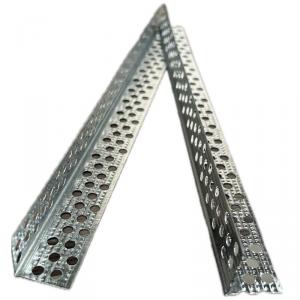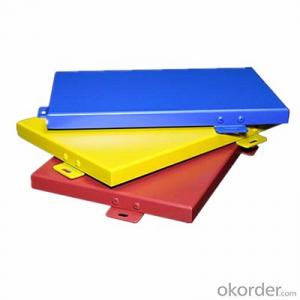Galvanized Steel Stucco Netting
Galvanized Steel Stucco Netting Related Searches
Steel Galvanized Galvanized Steel Fencing Galvanized Steel Edging Galvanized Steel Grating Galvanized Steel Piping Galvanized Steel Beams Galvanized Stainless Steel Weld Galvanized Steel Rusting Galvanized Steel Galvanized Steel Siding Galvanized Steel Roof Cutting Galvanized Steel Powder Coating Galvanized Steel Painted Galvanized Steel Galvanized Steel Paint Galvanized Corrugated Steel Rusted Galvanized Steel Galvanized Steel Panels Stainless Steel Galling Galvanized Steel Panel Galvanized Tube Steel Painting Galvanized Steel Galvanized Steel Fence Protective Netting Galvanized Steel Post Galvanized Steel Garden Beds Paint Galvanized Steel Galvanized Steel Roofing Panels Galvanized Steel Shed Galvanized Steel Garden BedGalvanized Steel Stucco Netting Supplier & Manufacturer from China
Galvanized Steel Stucco Netting is a type of metal lath used in construction, specifically for supporting plaster or stucco on walls and ceilings. Made from high-quality galvanized steel, this product is designed to provide a strong and durable base for various building materials, ensuring a stable and long-lasting finish.Galvanized Steel Stucco Netting is widely used in both residential and commercial construction projects. It is particularly beneficial in areas where moisture and weather exposure are common, as the galvanized coating helps to prevent rust and corrosion. This product is ideal for use in exterior walls, soffits, and parapets, as well as in interior applications such as ceilings and partition walls. By providing a solid foundation for plaster or stucco, Galvanized Steel Stucco Netting helps to create a smooth, even surface that is both visually appealing and structurally sound.
Okorder.com is a leading wholesale supplier of Galvanized Steel Stucco Netting, offering a vast inventory of this essential construction material. With a commitment to providing high-quality products at competitive prices, Okorder.com is the go-to source for contractors and builders seeking reliable and durable stucco netting solutions.
Hot Products
